Herbal Properties and Uses of Thankuni – A Unique Source of Natural Benefits
In this post, we will talk about the medicinal properties and uses of Thankuni. First, let's know about the English name of Thankuni, the Bengali or local name, the Unani name, the Ayurvedic or Kaviraji name, the scientific Name and the family.
Thankuni
Bengali or Local Name:- Thankuni/Thulkuri
Unani Name:- Thankuni
Ayurvedic or Poetic Name: Mandukparni
English Name:- Indian pennywort
Scientific Name:- Centella asiatica (Linn.) Urban
Family:- Apiaceae
Introduction:
A well-known small herbaceous plant. The leaves are round, precisely like the Ekadashi-Dwadashi moon. The edges of the leaves are slightly grooved. Narrow branches emerge from the base, and each branch has a single leaf at the top. The petiole of the leaf is 2-3 inches (5-8 cm) long. If the soil is moist and fertile, the leaves become a little larger, and the petiole is also extended. Flowers and fruits are produced at the end of winter and in spring. The flowers are pale blue, brown or white. The seeds are hard and flat.
(Temperament)- Temperament: First class, cool and moist.
Part used:- Whole plant.
Dosage:- Powder: 500mg to 1g.
Fresh plant juice: 20-30ml.
Side effects:
Excessive consumption of Thankuni juice can cause a headache or a cold.
Remedies:-
Rose flower and Marjan Josh are modifiers.
General actions:-
Digestive, increases nervous strength, increases memory power and intellectual power.
Removes fatigue and maintains the body's elasticity. Especially useful in treating dysentery, wounds, skin diseases, urinary incontinence, malnutrition-related hair loss and mouth ulcers.
Medicinal Uses:-
Thankuni grows well in tropical countries, including Bangladesh and India. Especially, Thankuni is seen in abundance in ponds or damp places. Thankuni is very well known to the people of rural Bengal for its medicinal properties. It is a valuable herbal ingredient in the case of blood dysentery and old dysentery. It is suitable for both adults and children. According to Ayurvedic medical scientists, Thankuni and honey are cooling, memory enhancers, blood purifiers, mild laxatives, urine enhancers and mouth odour removers. Indian doctors still use Thankuni for various skin diseases. Thankuni was introduced into homoeopathy through proving by Dr. Andot in 1857. There, they prepared a tincture from dried leaves. Many essential medicines of Unani medicine are prepared with Thankuni. Some of the most crucial medications include - Sharbat Ejaz, Sharbat Arani, Sharbat Khasina, Sharbat Sana, Kuras Penitab, Sharbat Basak, etc.
This is a well-known plant. It flowers and fruits in late winter and early spring. Here is everything you need to know about what the flowers look like, what the seeds look like, and what the edges of the leaves look like.
The dosage is also mentioned here because we know that it is not good to consume anything in excess. Just as there are benefits of Thankuni, there are also some benefits, which are as follows:
1. Eating Thankuni leaves can relieve heartburn, but if consumed in excess, heartburn can increase. So, it should be consumed as needed and in the correct quantity.
2. Allergy and skin rashes can also occur on contact with Thankuni leaves.
Efficacy:
Bile suppressant, antibacterial, effective in ringworm, scabies, eczema, leprosy wounds and dysentery.
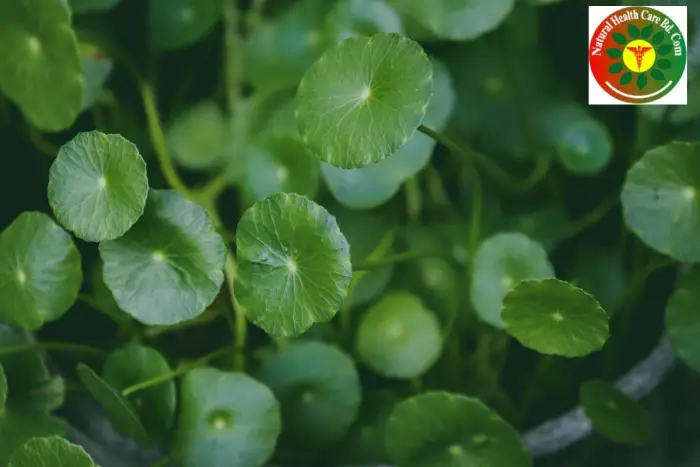
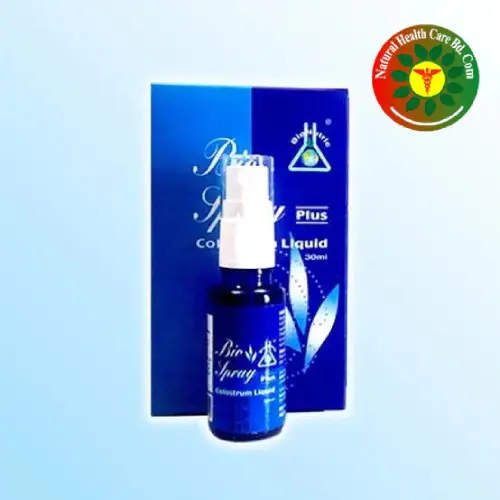
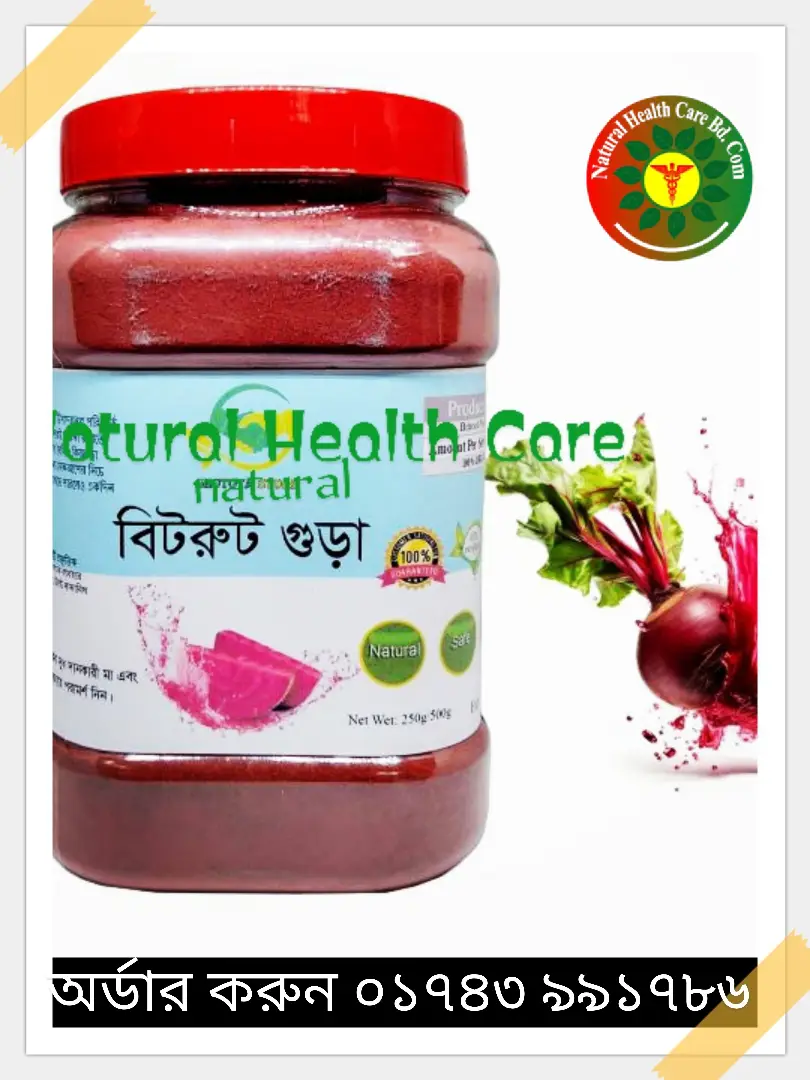
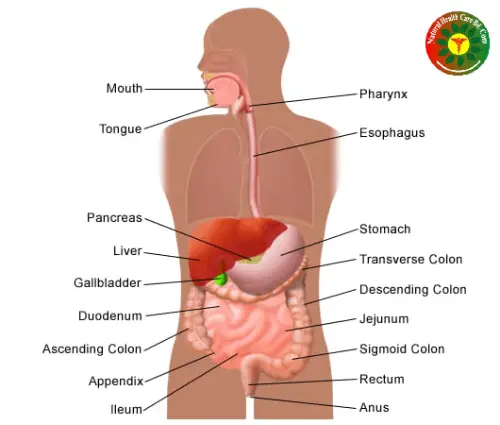
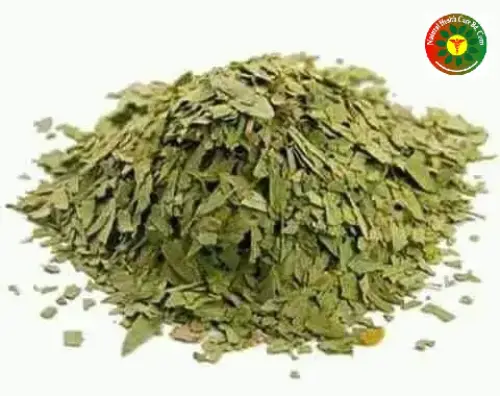
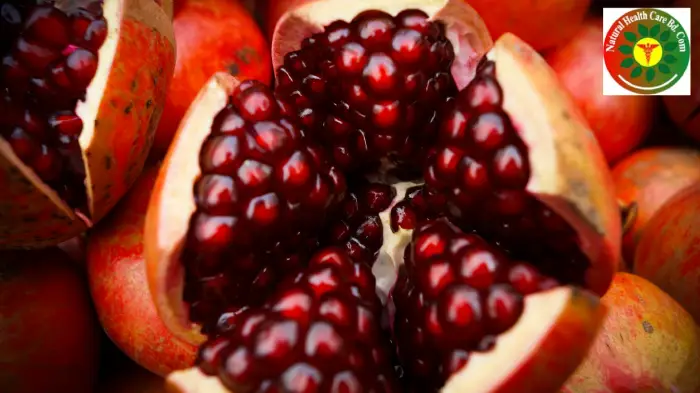
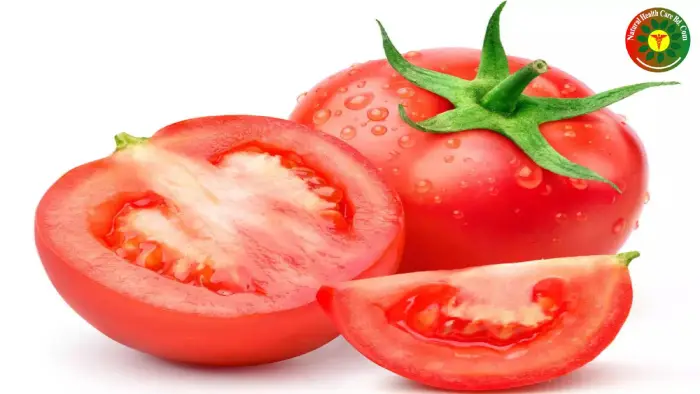
0 Comments